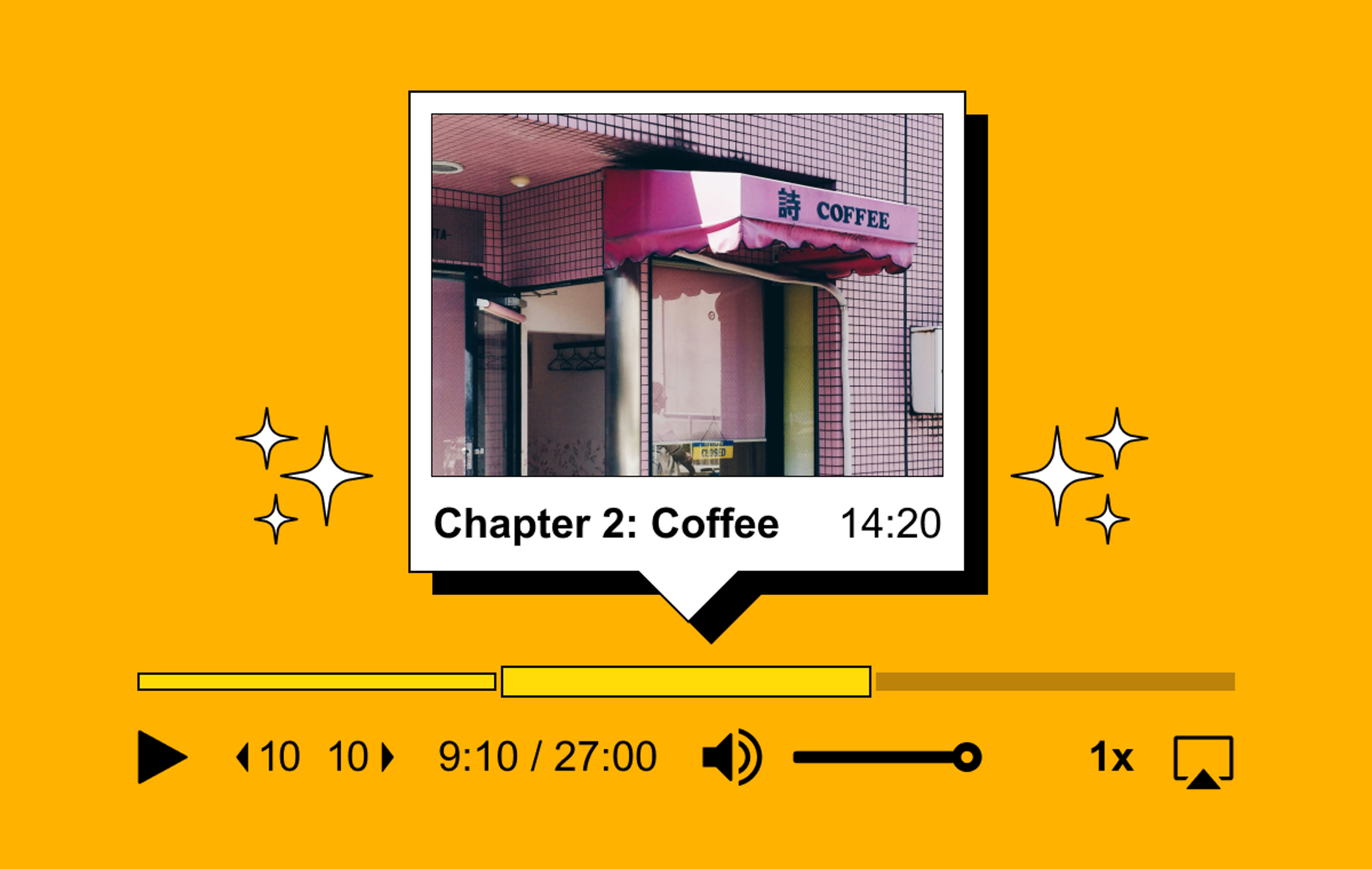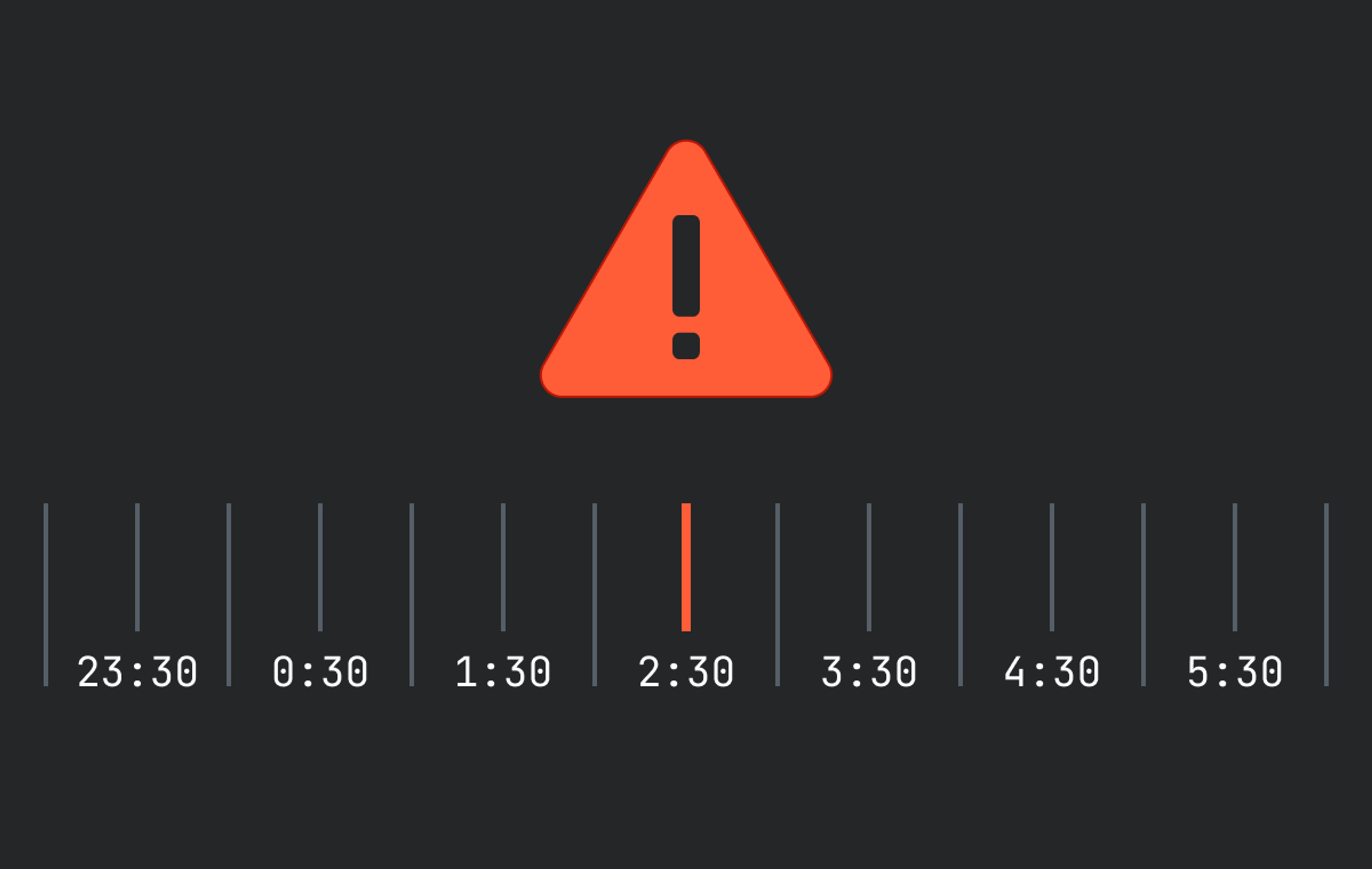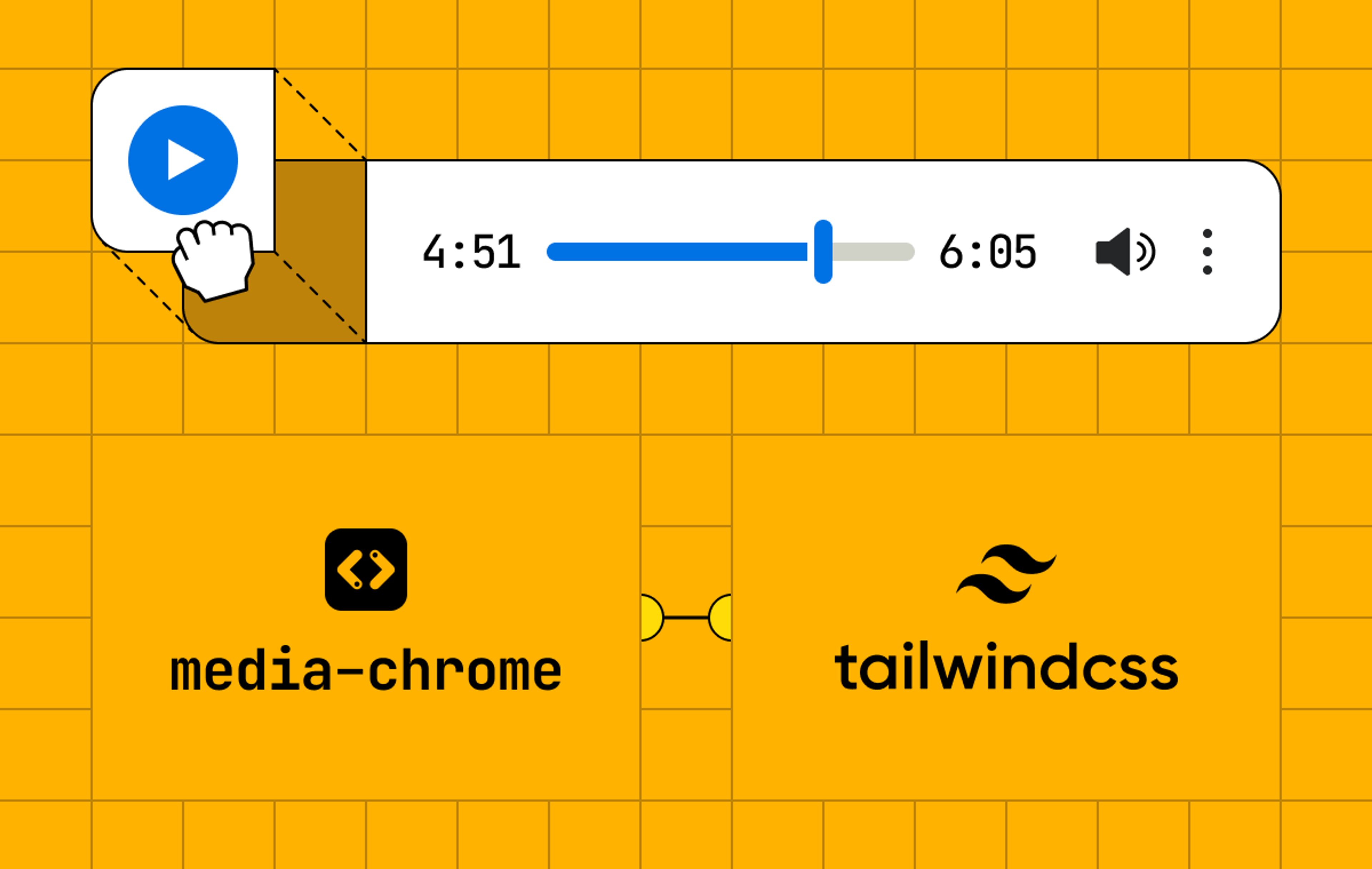The Mux Blog
We're a team of engineers, marketers, designers, all passionate about video and the work we create together. Welcome to our blog about video.

Published on June 27, 2024 (over 1 year ago)
How Mux increased engineering velocity by 50%
Dive into how 6-week planning cycles helped Mux increase engineering velocity and quickly ship major product upgrades like 4K, AI-generated captions, and more.

Published on June 27, 2024 (over 1 year ago)
AI-generated chapters for your videos with Mux Player
Chaptering your video just got easier. Learn how to use auto-generated captions and AI to add chapters to your videos in Mux Player.

Published on June 14, 2024 (over 1 year ago)
Patience overflow: a debugging tale old as time
Read about how we found and fixed a tricky SRT live streaming bug and the lessons we (re)learned about handling timestamp edge cases.

Published on May 31, 2024 (over 1 year ago)
How to build video activity notifications in Next.js

This post explores how you can use Mux and Knock to build out scaleable, thoughtful, and battle-tested notifications for your video apps.

Published on May 21, 2024 (over 1 year ago)
How to build a media player with Tailwind CSS and Web Components
Tailwind CSS and Web Components are incredible tools for rapidly building in HTML. Let's see how, by building an audio player with Media Chrome.

Published on May 17, 2024 (over 1 year ago)
Migrate your video files between video hosting services for free
Migrate your video content between the world’s most trusted video providers with ease. Truckload helps you move your videos to your new video platform home.

Published on May 16, 2024 (over 1 year ago)
React 19 lets you write impossible components
What can you do with Server Components and Actions in React 19? Let’s talk about how React 19’s features are a big deal, even for a simple marketing site.

Published on May 3, 2024 (over 1 year ago)
Facebook just updated its relationship status with web components
Learn about React 19 introducing support for web components and what that means for React developers and web component authors.

Published on May 1, 2024 (over 1 year ago)
If someone can watch it, they can steal it: securing video content on the internet
Understand how attackers steal video content and what you can do to prevent downloading, unauthorized playback, screen recording with signed URLs and DRM

Published on April 10, 2024 (over 1 year ago)
Keeping up with the Node-ish ecosystem
How we updated our legacy Node SDK to work with new JS runtimes like Cloudflare Workers, Bun, Deno and Vercel Edge functions.